Right ascension 01 09 27.0 Redshift -48 ± 9 km/s Apparent size (V) 3′.5 × 3′.5 | Declination +35° 43′ 04″ Type SA(s)0 Magnitude 11.2 Apparent magnitude (V) 11.2 | |
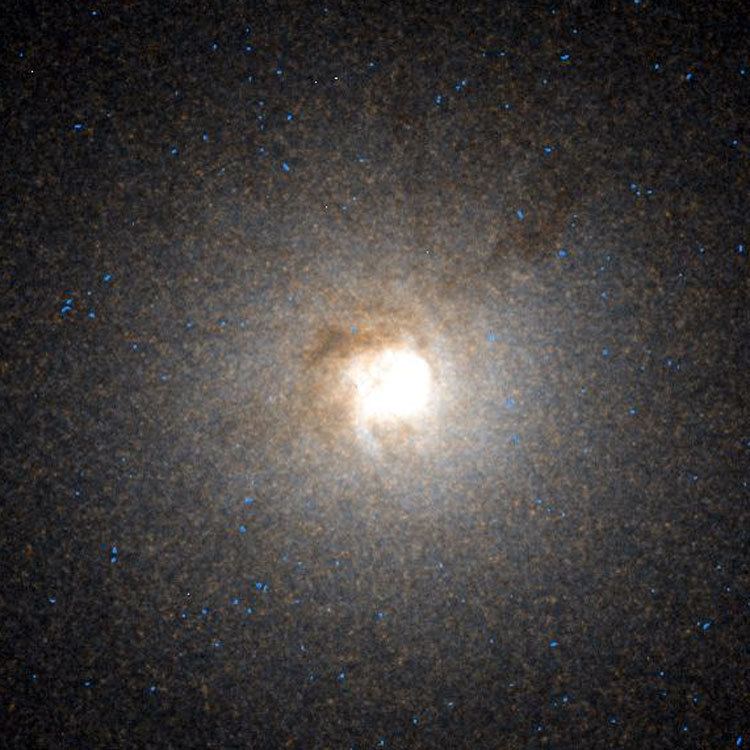 | ||
Similar Beta Andromedae, NGC 185, NGC 7662, NGC 147, NGC 93 | ||
Susfractor ngc 404 sftr ambient galaxy edit
NGC 404 is a field galaxy located about 10 million light years away in the constellation Andromeda. It was discovered by William Herschel in 1784, and is visible through small telescopes. NGC 404 lies just beyond the Local Group and does not appear gravitationally bound to it. It is notable for being within 7 arc-minutes of second magnitude star Mirach, making it a difficult target to observe or photograph and granting it the nickname "Mirach's Ghost".
Contents
- Susfractor ngc 404 sftr ambient galaxy edit
- Susfractor ngc 404
- Physical characteristics
- LINER emission
- Distance measurements
- References
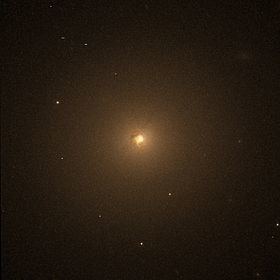
Susfractor ngc 404
Physical characteristics
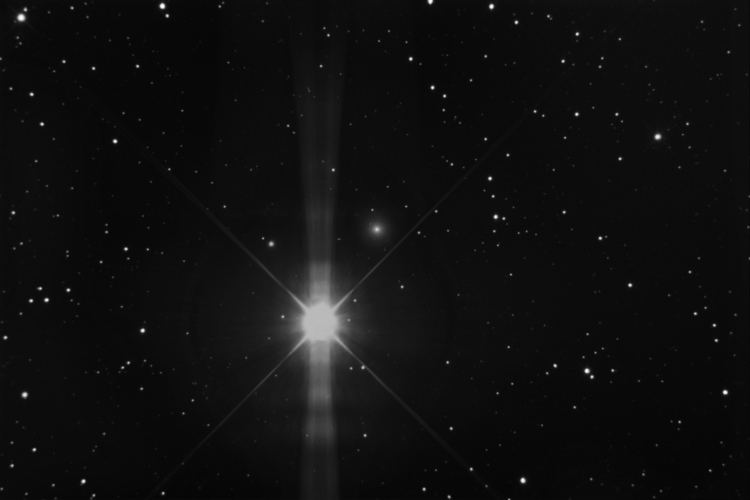
NGC 404 is a very isolated dwarf lenticular galaxy, a bit more luminous and smaller than the Small Magellanic Cloud and unlike many other early-type galaxies is very rich in neutral hydrogen, most of it concentrated on a pair of large rings around it. It also has star formation both on its center and on its outermost regions, albeit at a low level
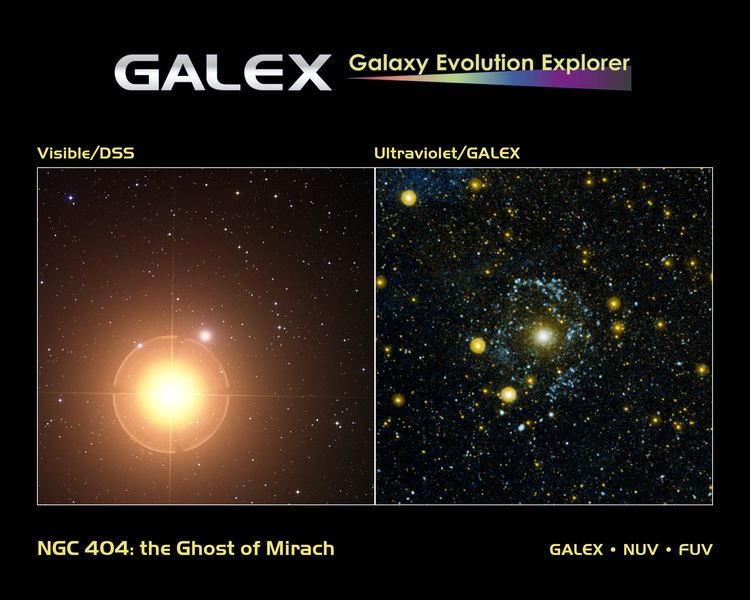
Both the outer gas disk and its star formation are assumed to have been triggered by one or several mergers with smaller galaxies roughly 1 billion years ago and it has been proposed NGC 404 is a former spiral galaxy that was transformed into a lenticular one by that event
LINER emission

NGC 404 contains a low-ionization nuclear emission-line region (LINER), a type of region that is characterized by spectral line emission from weakly ionized atoms. A nuclear star cluster is also present as well as -likely- a supermassive black hole, with a mass of several tens of thousands solar masses
Distance measurements
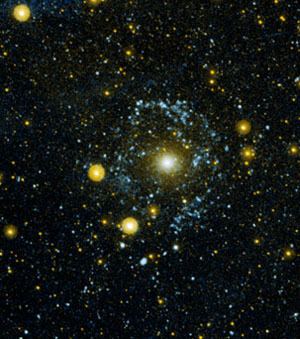
At least two techniques have been used to measure distances to NGC 404. The infrared surface brightness fluctuations distance measurement technique estimates distances to spiral galaxies based on the graininess of the appearance of their bulges. The distance measured to NGC 404 using this technique in 2003 is 9.9 ± 0.5 Mly (3.03 ± 0.15 Mpc).
However, NGC 404 is close enough that red supergiants can be imaged as individual stars. The light from these stars and knowledge of how they should compare to nearby stars within the Milky Way galaxy allows for direct measurement of the distance to the galaxy. This method is referred to as the tip of the red giant branch (TRGB) method. The estimated distance to NGC 404 using this technique is 10.0 ± 1.2 Mly (3.1 ± 0.4 Mpc). Averaged together, these distance measurements give a distance estimate of 10.0 ± 0.7 Mly (3.07 ± 0.21 Mpc).
